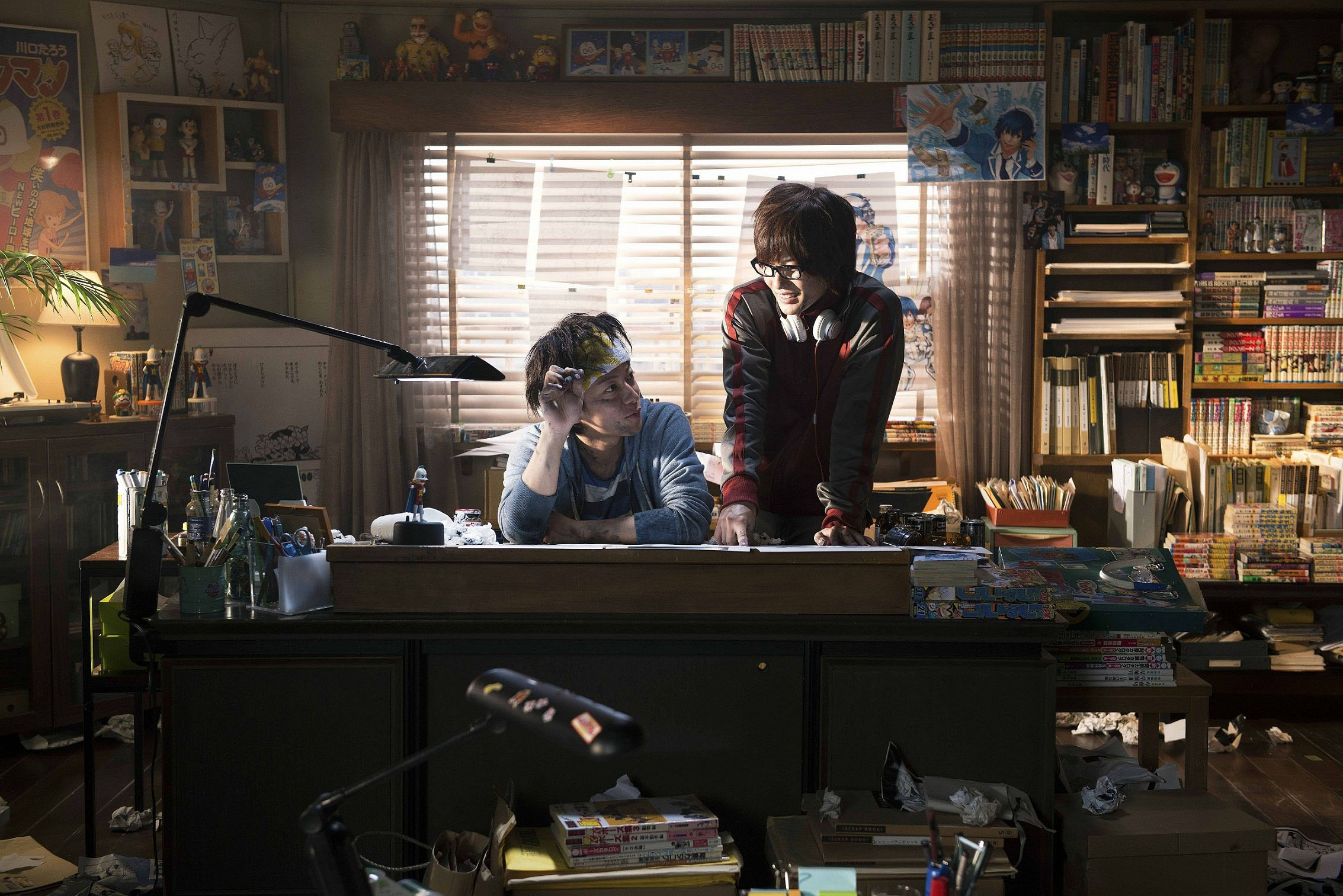That Japanese movies are often adapted from Japanese manga is no secret. Less well known is the subgenre of films about the lives of some Japanese mangaka (manga artists), which is informally known as mangakamono. Many of these fictional biopics have gone on to become local blockbusters, but we'll get to that later. These films reveal what is required to become a manga artist, how to make a living and keep the creative flames burning — despite the overwhelming odds of failing.
The genre emerged with the unexpected box-office success of Jun Ichikawa's "Tokiwa-so no Seishun" in 1996. It's an elegant, if superficial, look at the youthful beginnings of manga giants Motoo Abiko, aka Fujiko Fujio (part of the creative duo who dreamed up "Doraemon"), Fujio Akatsuka and Hiroo Terada, when they all lived in the same, dingy apartment building — named Tokiwa-so — in Tokyo's Ikebukuro district. This apartment was to Japanese manga what the Chelsea Hotel was to New York's underground art scene: It was where all the cool people lived and where their friends came over to hang out. One of the earliest manga celebrities who took up residence in that apartment was Osamu Tezuka (creator of "Astro Boy"), whose editors used to camp out in the corridors of the apartment waiting for Tezuka to finish his latest installments.
It wasn't until the early 2000s that the mangakamono genre came into its own, though by this time the actual manga world was littered with struggling manga artists portraying their real lives and careers.


















With your current subscription plan you can comment on stories. However, before writing your first comment, please create a display name in the Profile section of your subscriber account page.